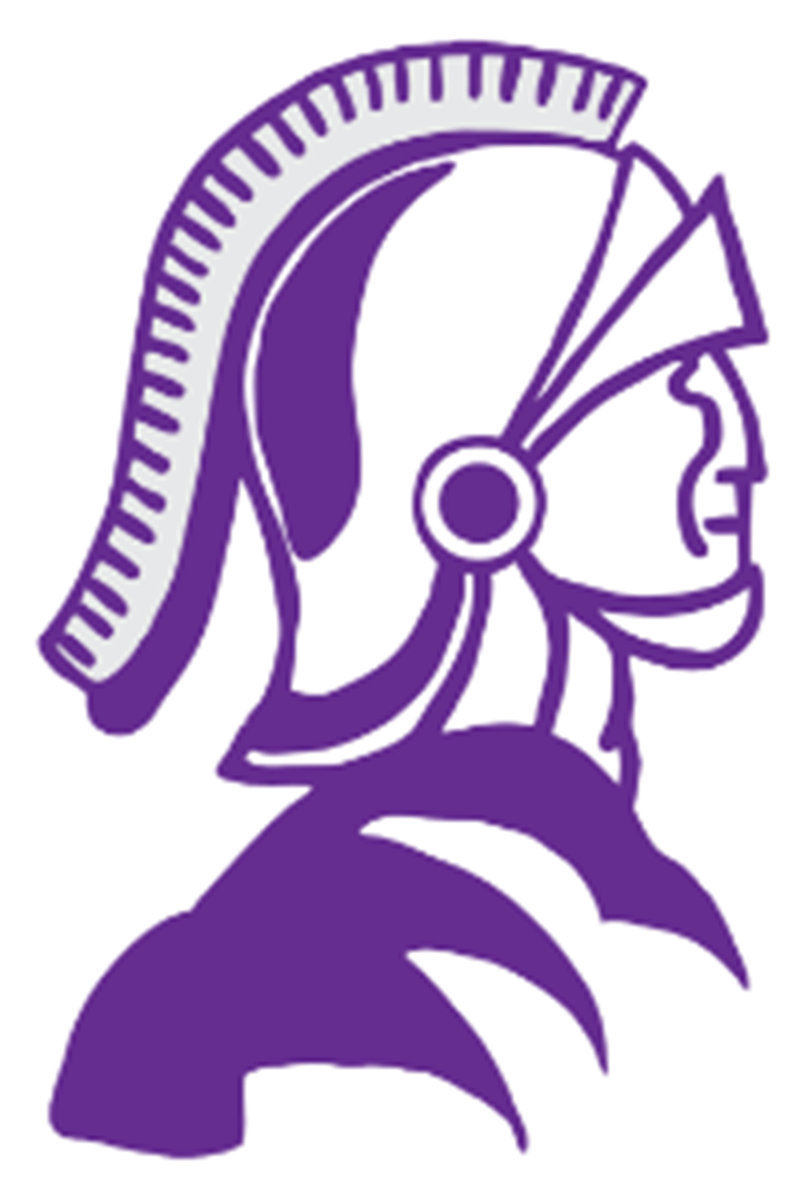Concussion Management
Requirements of School Districts
Information:
Provide concussion management information and sign off with any parental permission form. The concussion management and awareness information or the State Education Department’s web site must be made available on the school web site, if one exists.
Removal from athletics:
Require the immediate removal from athletic activities of any pupil that has or is believed to have sustained a mild traumatic brain injury. No pupils will be allowed to resume athletic activity until they have been symptom free for 24 hours and have been evaluated by and received written and signed authorization from a licensed physician.
For interscholastic athletics, clearance must come from the school physician.
*Such authorization must be kept in the pupil’s permanent health record
*Schools shall follow directives issued by the pupil’s treating physician.
Symptoms
Symptoms of a concussion are the result of a temporary change in the brain’s function. In most cases, the symptoms of a concussion generally resolve over a short period of time; however, in some cases, symptoms will last for weeks or longer. Children and adolescents are more susceptible to concussions and take longer than adults to recover. It is imperative that any student who is suspected of having a concussion is removed from athletic activity (e.g. recess, PE class, sports) and remains out of such activities until evaluated and cleared to return to activity by a physician.
**Parents should refer to the Student and Parent Information Sheet list of symptoms and also signs or worsening symptoms that should be seen and evaluated immediately at the nearest hospital emergency room.
Return-to-Learn and Return-to-Play protocols:
Cognitive Rest -Activities students should avoid include, but are not limited to, the following:
Computers and video games
Television viewing
Texting
Reading or writing
Studying or homework
Taking a test or completing significant projects
Loud music
Bright lights
*Students may only be able to attend school for short periods of time. Accommodations may have to be made for missed tests and assignments.
Physical Rest - Activities students should avoid include, but are not limited to, the following:
Contact and collision
High speed, intense exercise and/or sports
High risk for re-injury or impacts
Any activity that results in an increased heart rate or increased head pressure
Return-to-Play Protocol – Once the student is symptom free for 24 hours and cleared by School Medical Director:
Day 1: Low impact, non-strenuous, light aerobic activity.
Day 2: Higher impact, higher exertion, moderate aerobic activity. No resistance training.
Day 3: Sport specific non-contact activity. Low resistance weight training with a spotter.
Day 4: Sport specific activity, non-contact drills. Higher resistance weight training with a spotter.
Day 5: Full contact training drills and intense aerobic activity.
Day 6: Return to full activities with clearance from School Physician.
Any return of symptoms during the return to play protocol, the student will return to previous day’s activities until symptom free.
